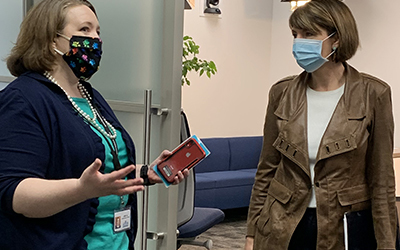 | Policy Makers |
What Policy Makers Can Do
Learn about the Adverse Childhood Experiences (ACEs) study and the resulting complex trauma that many in our community experience.1
- Be aware of resources and services in the community and encourage constituents to call 211 to get help or learn more.
- Support policies, programs, and practices that prevent and reduce the impact of trauma and ACEs.
Policies can address child abuse and neglect by changing norms, environments, and behaviors that lead to violence and by reducing the impact of trauma and ACEs. The Centers for Disease Control and Prevention (CDC) outline six strategies for policymakers:2
- Strengthen economic supports to families. Strengthening household financial security and family-friendly work policies can reduce child abuse and neglect by improving parents’ ability to satisfy children’s basic needs (e.g., food, shelter, and medical care), providing developmentally appropriate childcare, and reducing parental stress and depression—both risk factors for child abuse and neglect.3 Policy examples include tax credits for families with children; child care subsidies; paid leave; livable wages; and flexible and consistent work schedules.
- Promote social norms that protect against violence and adversity. Social norms that promote shared responsibility for children’s well-being; support positive parenting; foster healthy images of gender, masculinity, and relationships; reduce stigma around seeking help; and enhance connectedness set expectations and beliefs that can protect against violence and risk factors for child abuse and neglect. Evidence-based practices include public education campaigns to change narratives, safe and effective discipline policies, bystander approaches that encourage helpful actions by people who witness abusive behaviors, and mobilizing men and boys as allies in prevention.
- Ensure a strong start for children. Positive relationships and connections help children build a strong foundation for healthy physical, emotional, social, behavioral, and intellectual development. Specific strategies include early childhood home visiting programs, high-quality child care, and preschool enrichment programs with family engagement.
- Teach skills. Strengthening parenting skills and teaching children healthy ways to handle stress, resolve conflicts, and manage emotions can benefit health and reduce child abuse and neglect. Evidence-supported approaches include social emotional learning, safe dating and healthy relationship skill programs, and parenting skills and family relationship interventions.
- Connect youth to caring adults and activities. According to the CDC, “connecting youth to caring adults and activities helps to ground them, improve their engagement in school, and establish positive networks and experiences.” These connections can help prevent violence and neglect as well as acting as a buffer against trauma and instability. Research-based programs include mentoring and after-school programs that strengthen skills, engage youth in positive school and community activities, and build confidence.
- Intervene to lessen immediate and long-term harms. ACEs can lead to negative behavioral and mental outcomes for children; ongoing exposure to trauma and toxic stress can increase the likelihood that children will carry unhelpful and harmful behaviors into adulthood. Practices to ensure access to effective resources for children and families in which trauma has already occurred include identifying and addressing ACE exposure in primary care settings, victim-centered services such as housing support and access to community resources, treatment to lessen the impact of ACEs and prevent problematic behavior, and family-centered treatment approaches for substance use disorders.
For more information, see Preventing Child Abuse and Neglect: A Technical Package for Policy, Norm, and Programmatic Activities.
1Melissa Charbonneau, Rhonda Crooker, Peggy Slider and others, “The Brain,” 123 Care Toolkit, last accessed September 10, 2019, https://srhd.org/media/documents/Brain20Development1.pdf.
2“Preventing Adverse Childhood Experiences (Aces): Leveraging the Best Available Evidence,” Centers for Disease Control and Prevention, accessed December 13, 2019, https://www.cdc.gov/violenceprevention/pdf/preventingACES-508.pdf.
3Lee et al (2012), “Paternal depression and risk for child neglect in father-involved families of young children,” Child abuse and Neglect, 36(5): 461-9.
